Author: Matt Del Fiacco
Fruity hops are all the rage these days with brewers seeking varieties that pack a punch of citrus character to help bring their Pale Ale and IPA to the next level. Given this rise in popularity, hop breeders began selecting for these characteristics years ago in order to satiate the demands of brewers and drinkers around the world. Originally bred by Hopsteiner in 2001 and referred to as Experimental #01210, Lemondrop received its name from the uniquely strong lemon-like aroma it purportedly gives off, which is said to be balanced by notes of mint, green tea, and hints of melon.
Alpha: 5 – 7%
Beta: 4 – 6%
Cohumulone: 28 – 34% of alpha acids
Total Oil: 1.5 – 2.0 mL/100g
Myrcene: 46%
Humulene: 56 – 58%
Caryophyllene: 9.5%
Farnesene: 6 – 7%
Linalool: 0.4 – 0.6%
Geraniol: unknown
ß-Pinene: unknown
Parentage: Cascade and USDA 19058 male
When I first heard of Lemondrop, I was put off by the association with the hard candy typically found in a glass dish at grandma’s house and immediately dismissed it. Then Hopsteiner sent me some to try out, which motivated me to do a bit of digging that results in me discovering Lemondrop had been described by some as “super Cascade” with expressive lemon-citrus and subtle herbal characters. Those credentials piqued my curiosity enough to make me excited to give this hop a shot for The Hop Chronicles.
| MAKING THE BEER |
Most of the comments I’ve found on Lemondrop have reported it as possessing notes of lemon and herbal tea. With its lower alpha acid content and an expressive citrus/herbal character, this variety sounded perfect for an easy-drinking Blonde Ale.
Let the Lemondrop Blonde Ale
Recipe Details
| Batch Size | Boil Time | IBU | SRM | Est. OG | Est. FG | ABV |
|---|---|---|---|---|---|---|
| 5.5 gal | 60 min | 23.9 IBUs | 4.7 SRM | 1.045 | 1.011 | 4.3 % |
| Actuals | 1.045 | 1.01 | 4.6 % | |||
Fermentables
| Name | Amount | % |
|---|---|---|
| Pale Ale Malt (Rahr) | 9 lbs | 96 |
| Carafoam (Weyermann) | 6 oz | 4 |
Hops
| Name | Amount | Time | Use | Form | Alpha % |
|---|---|---|---|---|---|
| Lemondrop | 23 g | 20 min | Boil | Pellet | 6 |
| Lemondrop | 47 g | 10 min | Boil | Pellet | 6 |
| Lemondrop | 62 g | 1 min | Boil | Pellet | 6 |
| Lemondrop | 62 g | 3 days | Dry Hop | Pellet | 6 |
Yeast
| Name | Lab | Attenuation | Temperature |
|---|---|---|---|
| American Ale (1056) | Wyeast Labs | 75% | 60°F - 72°F |
Notes
| Water Profile: Yellow Malty from Bru’n Water Spreadsheet |
Download
| Download this recipe's BeerXML file |
I began the brew day by setting my eBIAB rig to heat the water to strike temperature, during which I added minerals to achieve my desired water profile.
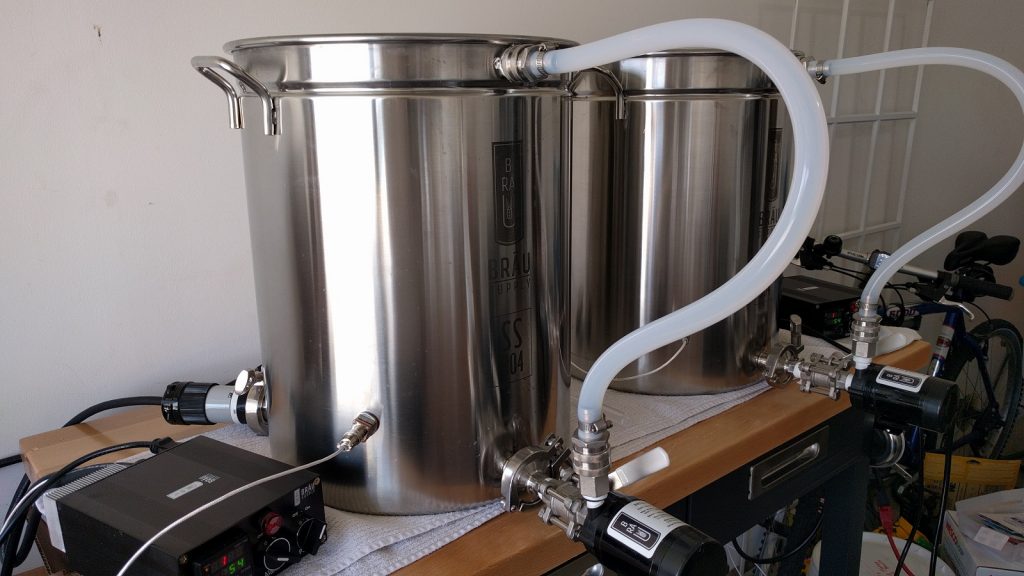
Then I moved on to milling the grain.
The basket of milled grains was gently lowered into the kettle where it was briefly stirred to ensure no dough balls before I turned the pump on and set the system to maintain my desired mash temperature of 154°F/68°C.
I pulled a small sample for pH measurement 15 minutes into the mash rest and was happy to see I’d nailed my target.
After the 60 minute mash was complete, I removed the grains from the kettle and brought the wort to a boil.
The wort was boiled for 60 minutes with hops added at the times stated in the recipe, after which it was quickly chilled.
After breaking two hydrometers, I finally got a gravity reading from my refractometer showing I’d hit my expected OG.
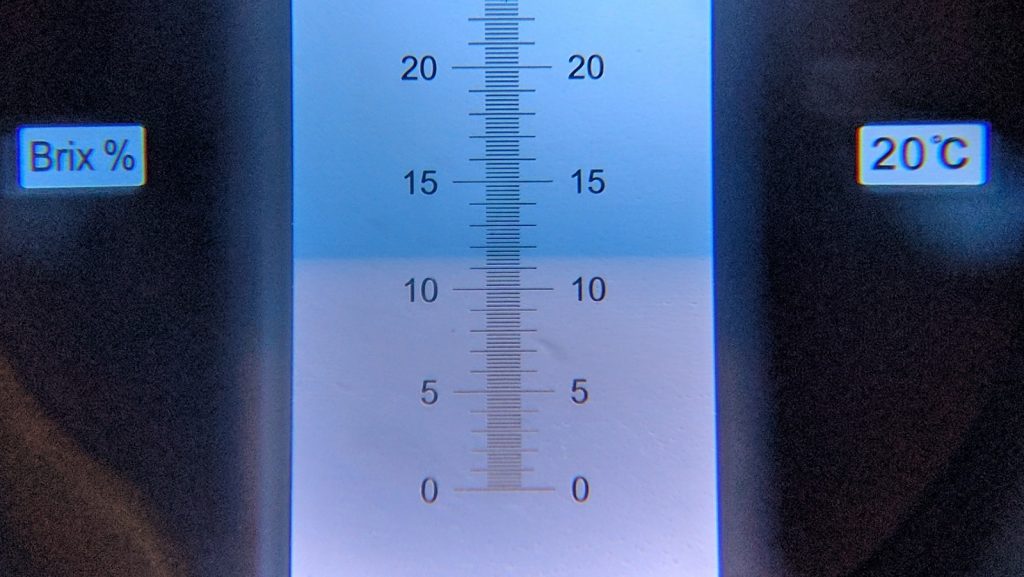
I transferred the wort through a counterflow chiller into a fermentation keg that I placed in my cool chamber to finish chilling to my target pitching temperature of 64°F/18°C. Once there, I pitched a starter of Wyeast 1056 American Ale yeast and set the chamber to maintain my desired fermentation temperature of 66°F/19°C. Fermentation took off quickly as expected and continued for 15 days before I took a hydrometer measurement showing the beer had reached the expected FG.
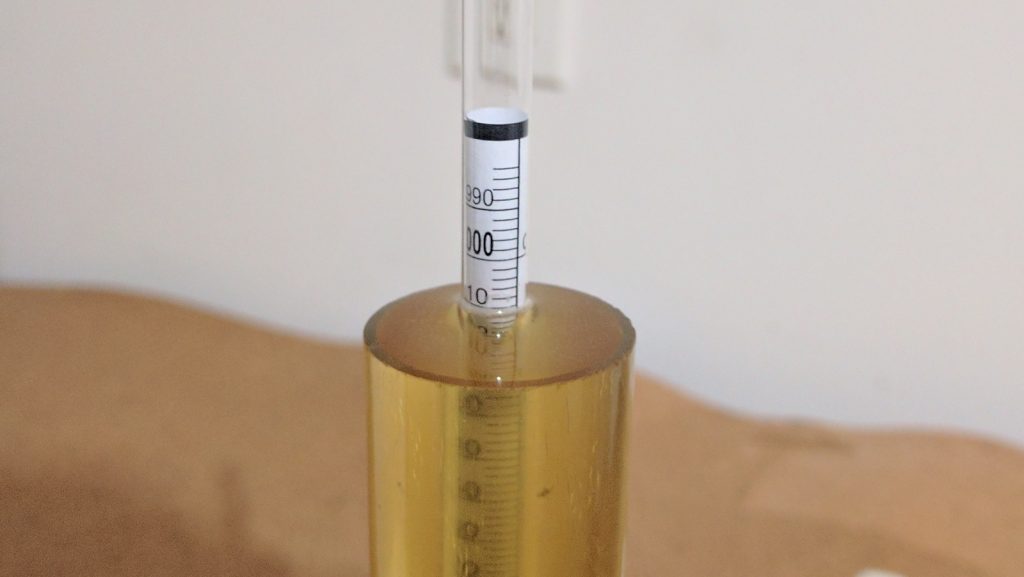
I added the dry hop charge and let them mingle with the beer for 48 hours before cold crashing and fining with gelatin. A few days later, I pressure transferred the beer into a CO2 purged serving keg, hit it with a brief period of burst carbonation, then reduced the gas to serving pressure and let it cold condition a few days before collecting data.
| METHOD |
Participants were instructed to focus only on the aromatic qualities of the beer before evaluating the flavor. For each aroma and flavor descriptor, tasters were asked to write-in the perceived strength of that particular characteristic on a 0-9 scale where a rating of 0 meant they did not perceive the character at all and a rating of 9 meant the character was extremely strong. Once the data was collected, the average rating of each aroma and flavor descriptor was compiled and analyzed.
| RESULTS |
Cheers to the ABNormal Homebrewers for helping me with data collection! A total of 21 people participated in the evaluation of this beer, all blind to the hop variety used until after they completed the survey. The average aroma and flavor ratings for each descriptor were plotted on a radar graph.
Average Ratings of Aroma and Flavor Perceptions
The 3 characteristics endorsed as being most prominent by participants:
| Aroma | Flavor |
| Citrus | Citrus |
| Floral | Floral |
| Tropical Fruit | Tropical Fruit |
The 3 characteristics endorsed as being least prominent by participants:
| Aroma | Flavor |
| Onion/Garlic | Onion/Garlic |
| Dank/Catty | Berry |
| Berry | Dank/Catty |
Participants were asked to rate the pungency of the hop character.
They were then instructed to identify beer styles they thought the hop would work well in.
Finally, tasters were asked to rate how much they enjoyed the hop character on a 0 to 10 scale.
My Impressions: I was a bit hesitant about Lemondrop going into this THC, and I’m happy to say I was pleasantly surprised with how the beer turned out! While I definitely detect citrus character in the beer, I don’t personally get any of the qualities I typically associate with lemon (or lemon drops candy) such as a sharp, acidic character or a lingering sweetness. I was surprised to discover aspects of Cascade were very obviously present in the beer, though not at all in an obtrusive way. I agree with tasters that there is more of a mellow floral note than a spicy/herbal one, which Hopsteiner lists as being a primary character imparted by Lemondrop. Overall, I enjoyed the way this variety was expressed quite a bit, as I found it to be similar to Cascade while maintaining some uniqueness. I’m thinking the next batch I use will be an American Wheat.
| CONCLUSION |
Just the name Lemondrop is enough to leave one with an impression of what to expect from this hop and potentially even influence perceptions a bit. Indeed, citrus was the most prominent character endorsed by participants in terms of both aroma and flavor, which aligned with my personal experience, though the citrus character I perceived wasn’t strongly reminiscent of lemons. Interestingly, Marshall was able to rub Lemondrop cones fresh from the bine during last year’s hop harvest and he said the aroma was quite noticeably lemon forward, which left me wondering if maybe that character might present itself differently in a lower hopped style. Either way, I enjoyed how Lemondrop presented when used as the sole hop and would likely pair well with other hops in a variety of styles.
Lemondrop hops can be purchased direct from Hopsteiner as well as MoreBeer, Adventures In Homebrewing, and Yakima Valley Hops.
If you have any thoughts on or experiences with Lemondrop hops, please feel free to share them in the comments section below!
Support for this edition of The Hop Chronicles comes from Hopsteiner, a leading grower, trader, and processor of high quality beer hops since 1845.![]()
Support Brülosophy In Style!
All designs are available in various colors and sizes on Amazon!
Follow Brülosophy on:
FACEBOOK | TWITTER | INSTAGRAM
If you enjoy this stuff and feel compelled to support Brulosophy.com, please check out the Support Us page for details on how you can very easily do so. Thanks!


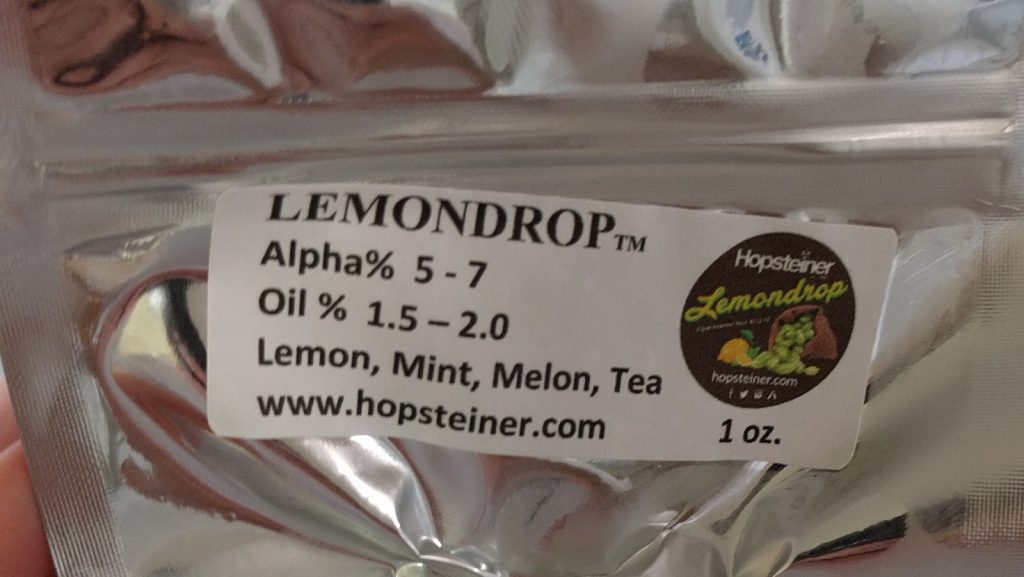
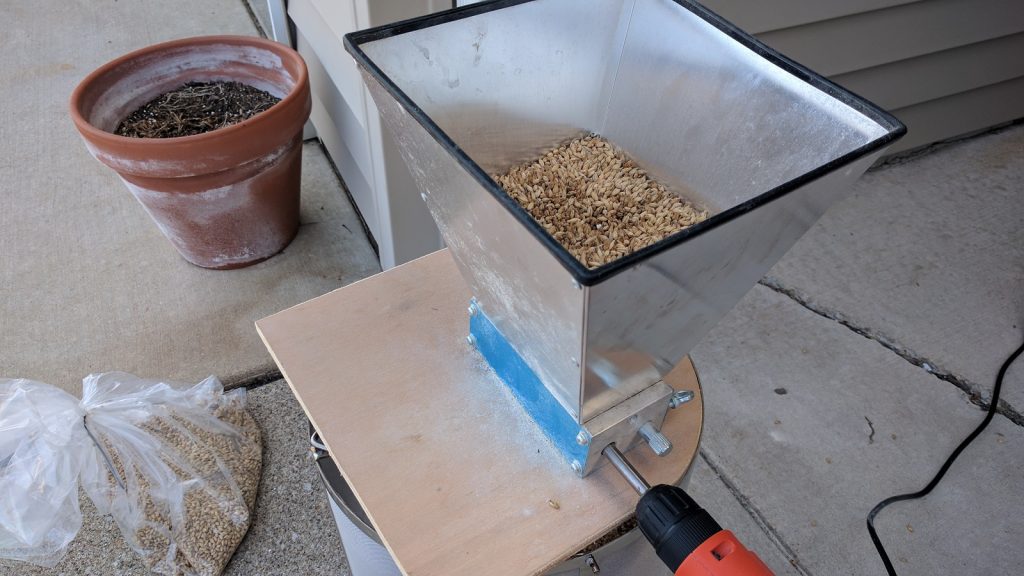


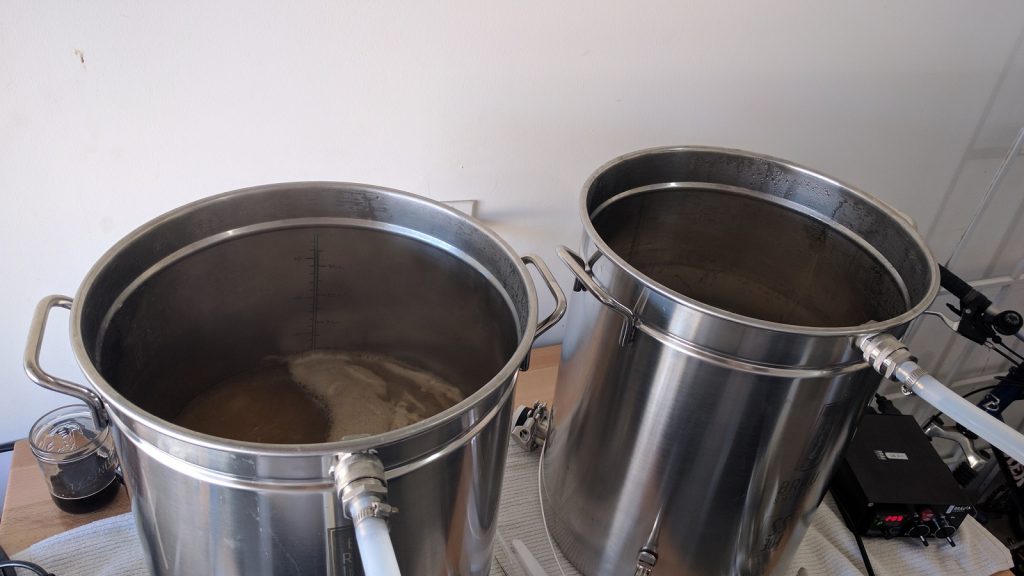
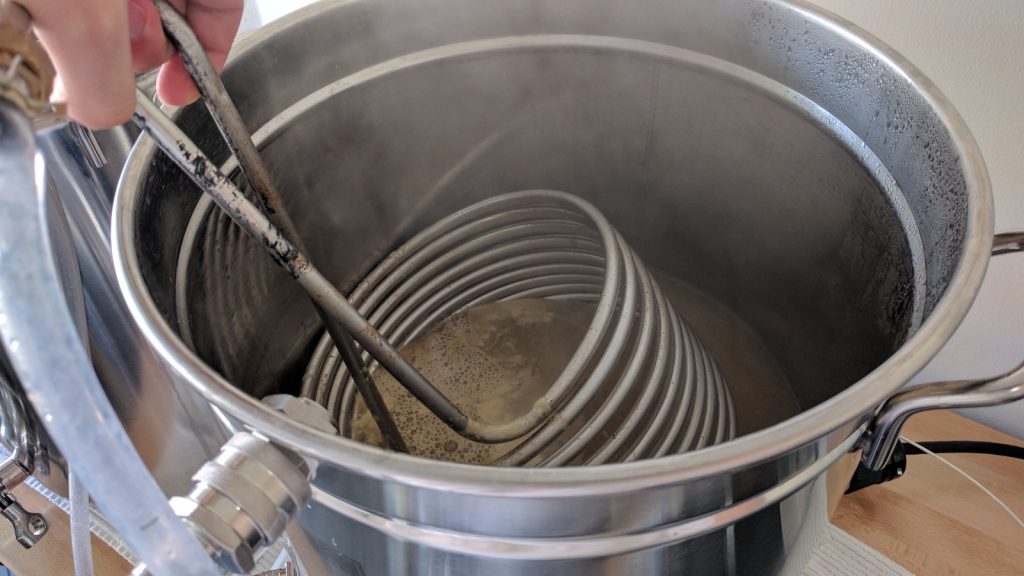
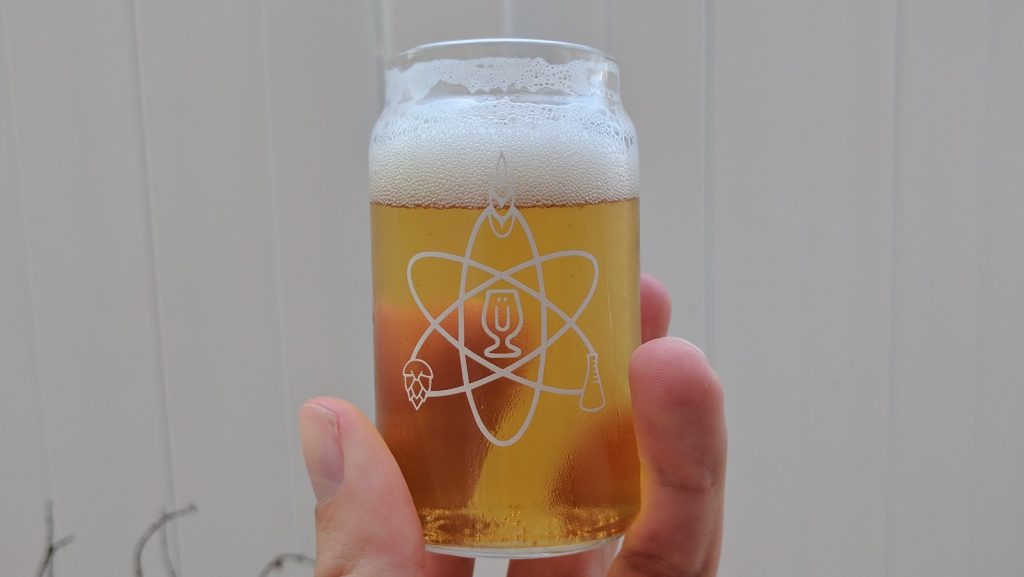
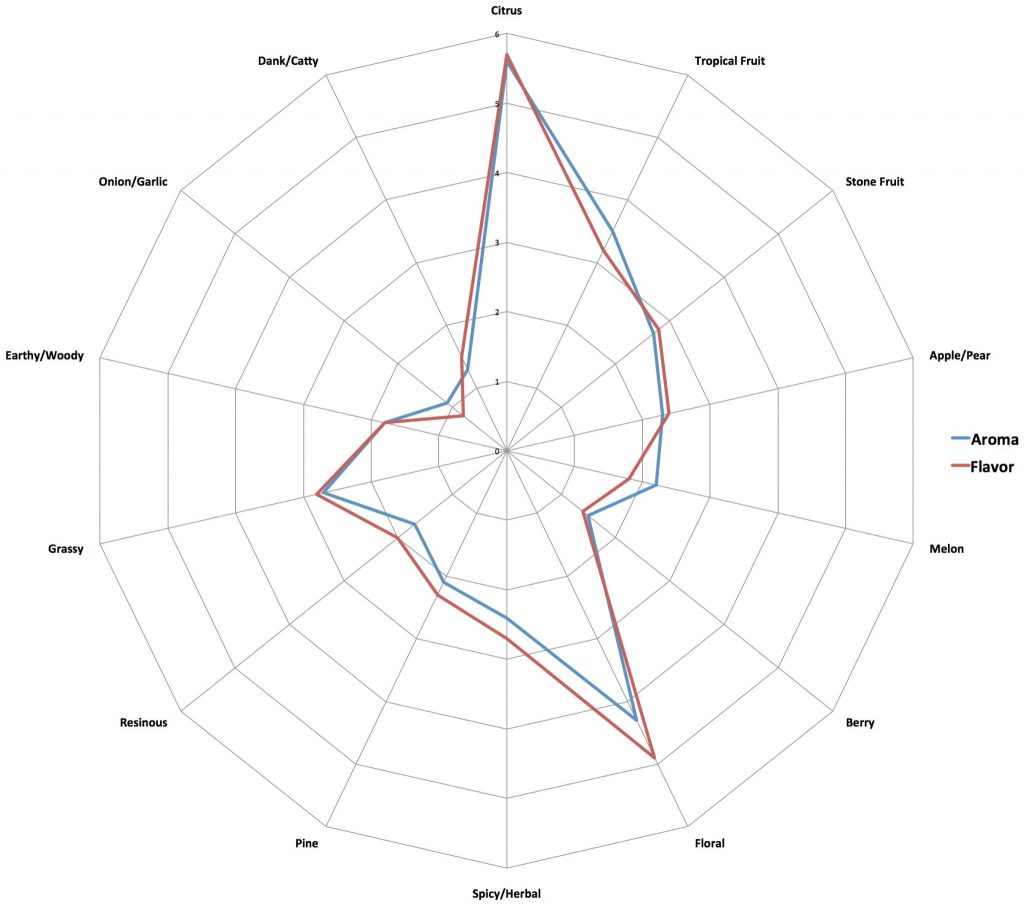
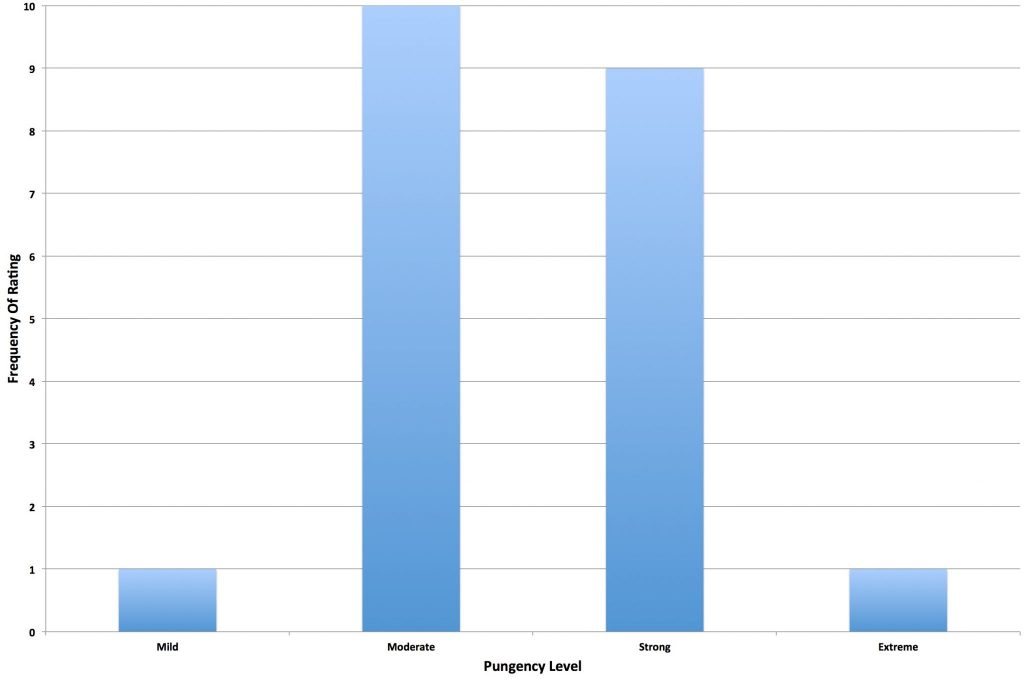
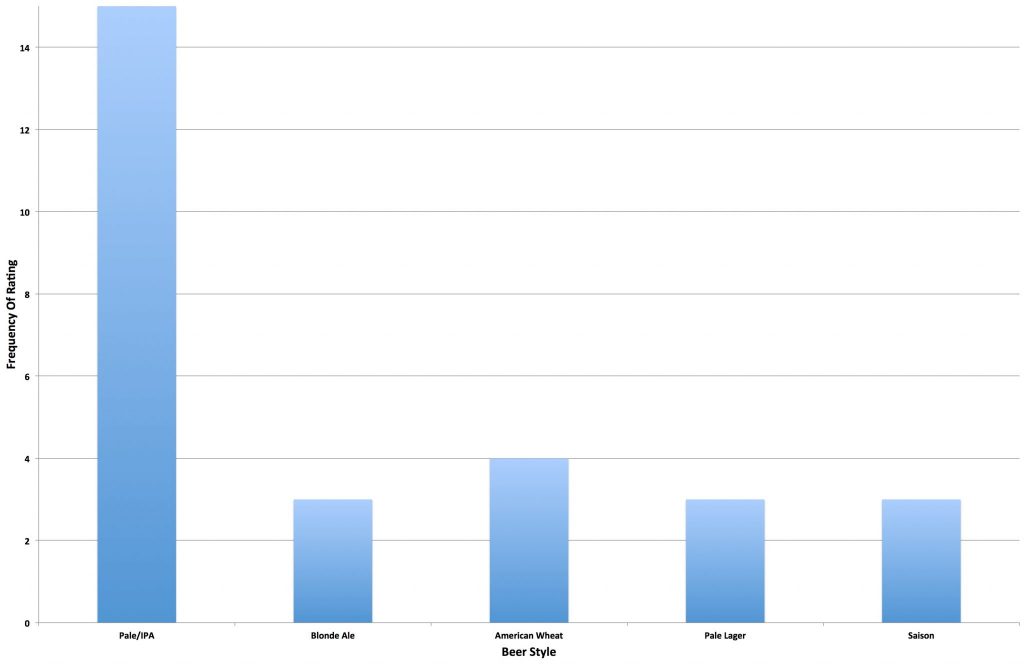
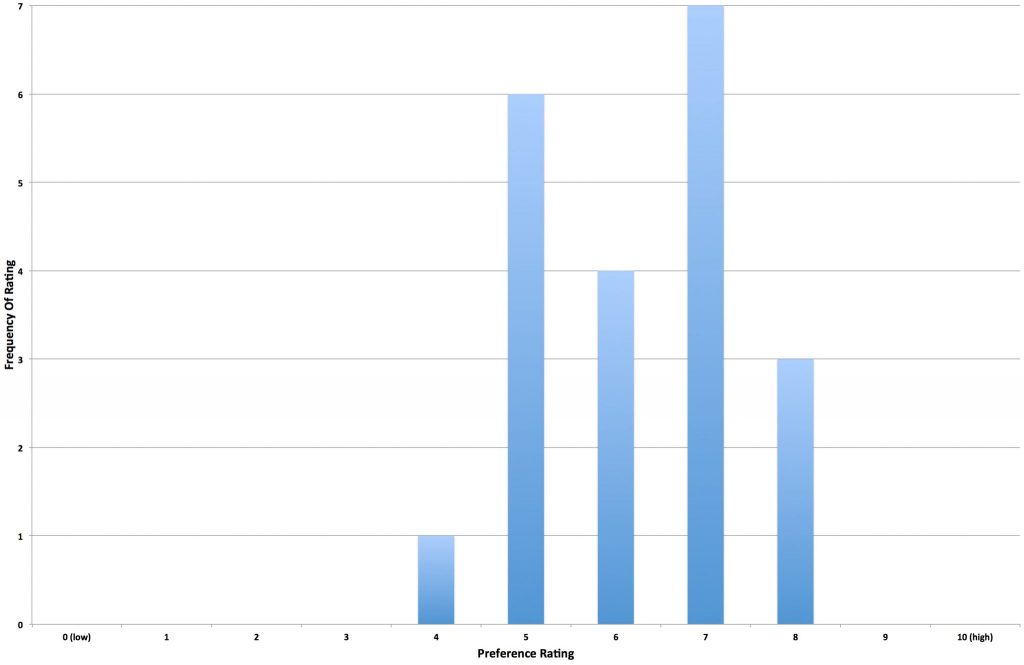











11 thoughts on “The Hop Chronicles | Lemondrop (2016) Pale Ale”
Matt,
Great post as usual! I’m thinking about a similar eBIAB setup. What is your preferred chilling process – IC plus CFC?
Thanks John!
I love my setup. eBIAB is the way to go.
Right now my only experience is using the IC pictured in the article. Takes quite a bit to get down to pitching temps, but it works. Brau Supply has some plate chillers the sell that are associated with this system, and I’ve been interested in those since I’m using a pump anyways.
If only someone could come up with an unbreakable hudrometer. They’d be rich!
They already have…
http://www.northernbrewer.com/herculometer-triple-scale-hydrometer
I am absolutely going to buy this.
they have, made of polycarbonate. I’m not going to link to it because it’s sold by a ABInBevSABMiller subsidiary…. maybe someone else has them also.
I bought one of these from my LHBS and it was great, until it wasn’t. The one I bought they didn’t glue the calibration scale to the plastic inside. So little did I know that every time I dropped it into my hydrometer stand the paper slid down ever so slightly. This resulted in my efficiency numbers in brewer’s friend continuously dropping over the course of about 6 brews or so. It was driving me crazy but I had no reason (I thought) to suspect the hydrometer because when I bought it I checked it to see what my offset would be and it read dead nuts at 1.000 in 20C water.
After nearly losing my mind I finally broke down and checked it, and sure enough it was 8 points off! The plastic top can be pried off with a Xacto knife or other sharp blade and you can adjust the paper then glue it manually but that is ridiculous and a serious manufacturing/design flaw.
I really hope the unit I got was a one off mistake, so all I’m saying is be careful if you buy one. Look for a discoloration in the paper indicating that is was glued. If you don’t see one check your calibration every brew day. I’ll try to get around to posting this on HBT sometime as well to get the word out. Cheers.
I’ve used lemon drop before, trying to brew a Dogfish Head Flesh and Blood IPA Clone (recipe still needs work, but it was a nice IPA, just not a clone). I found that I got some lemon “nose” but it was hard to taste lemon/citrus in the beer itself. I was not nearly as lemon-drop-hop-forward as this recipe, though.
This hop seems to be like the argentinian cascade. The argentinian cascade is
rejected by local homebrewers for its large amount of cohumulone(40%) and overwhelming grapefruit-pine flavor and aroma.
Thanks for the hop profile! Do the participants know the hop they are tasting? Wondering if bias is a factor. Especially with a name like “Lemondrop.”
I recently had a commercial beer which I think gave some interesting revelations about this hop. Dangerous Ales’ New World Pilsner (a beautiful beer) is hopped with lemon drop, cashmere, and sorachi ace, but on first sip (before I looked it up) I could have sworn there was a good charge of noble hops, and I think this character might be from the lemondrop. Some might attribute this to the Sorachi Ace, but I have a fair bit of experience both brewing and drinking that hop and I really think there is a round, perfumy floral thing in that beer that I have never got from Sorachi before. I was fully expecting Hallertauerto be on the hop schedule. Nose was all lemon though 🤣. All this to say, I’m keen to try this hop in a “Not New Zealand” Pilsener of my own.